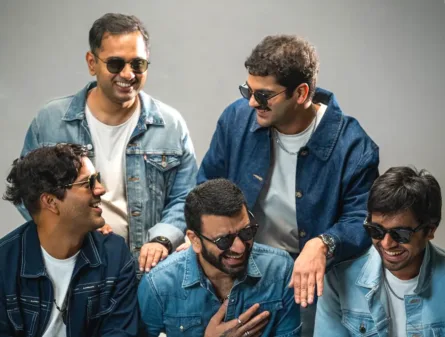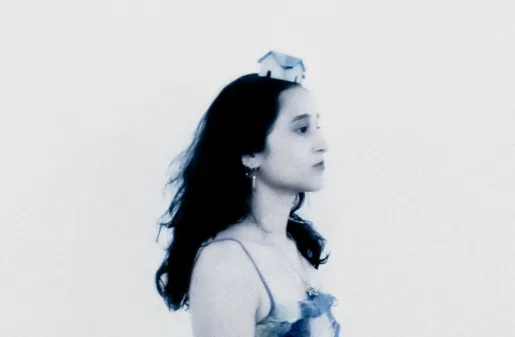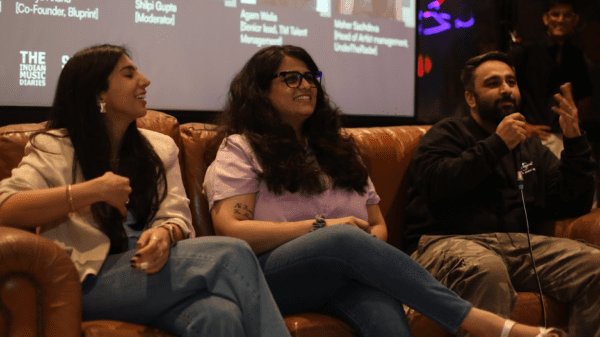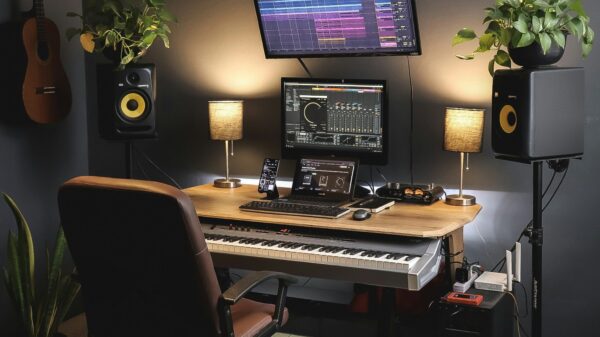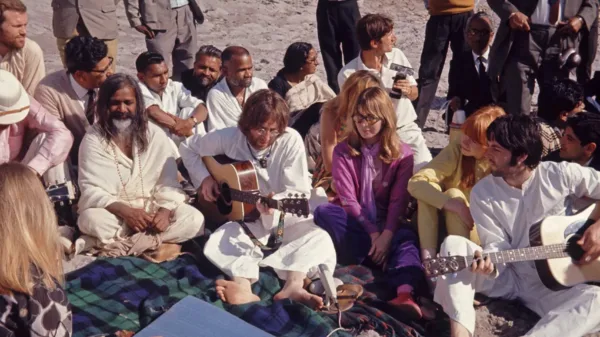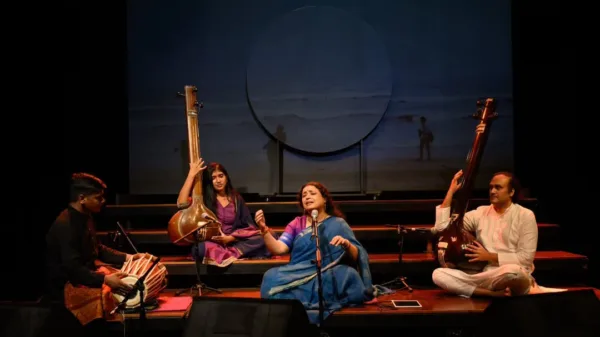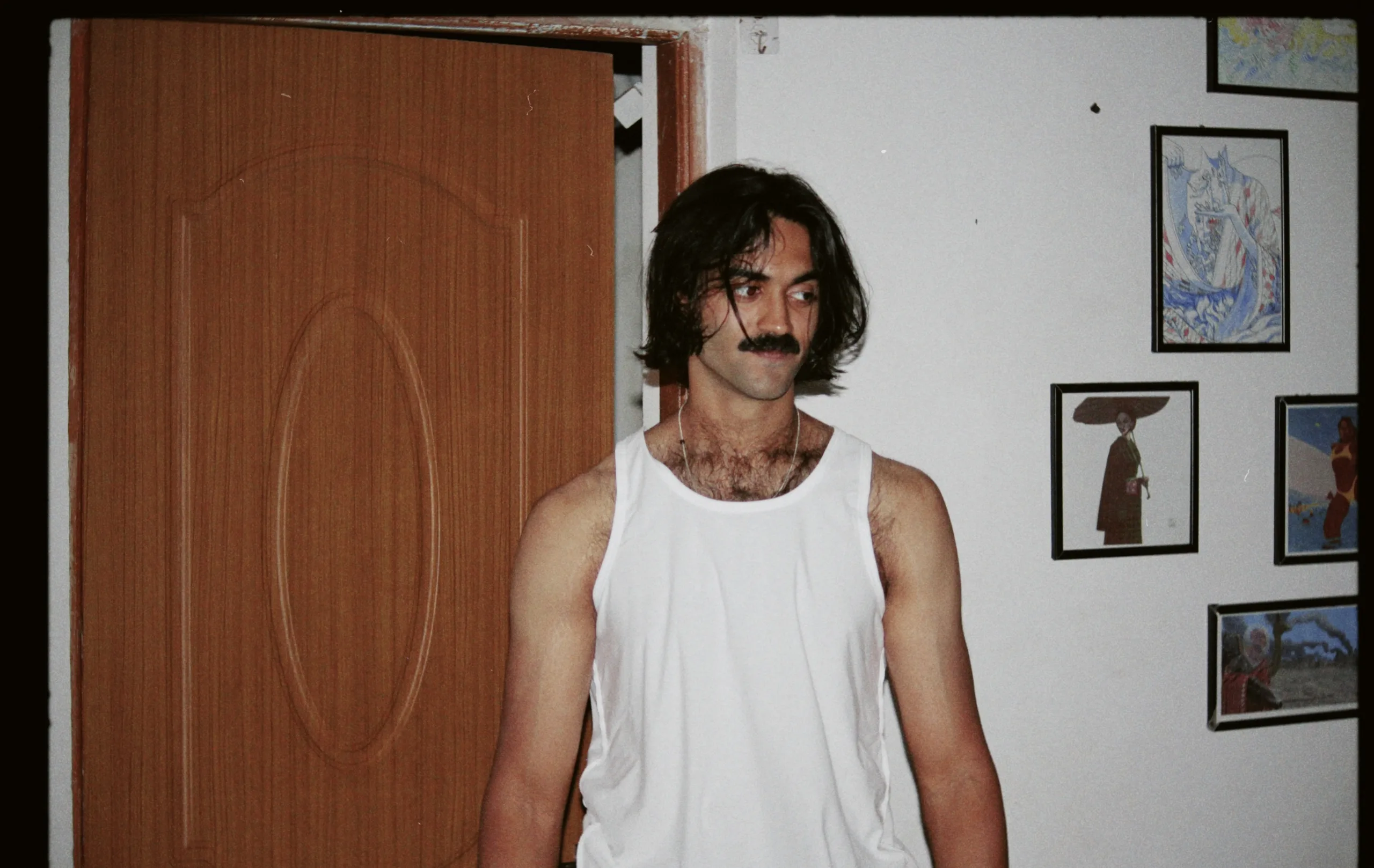At first listen, the 5 track EP, is hard to pin down into any category of music. In his previous release ‘Stereotypical Mard’ the Delhi based singer-songwriter focuses on the tropes, mechanisms, inner dialogue and conflicts of what constitutes a stereotypical Indian male. On his latest release ‘Internal Sangharsh’ Unkill Ji contunes to put a spotlight on his inner turmoil, using blues progressions and a largely organic palette of sounds to construct his form. The offering is dense and refuses to fit into a singular lane, largely due to his vocals which phase between tonal and atonal expressions.
To understand the EP its important to unpack the melodic component of his songs. Harsh Jain, the man behind Unkill Ji usually writes in Hindi but doesn’t shy away from the occasional English verse. His style of delivery is conversational rather than the accepted standard of constructed melodic verses and it is exactly this, that distinguishes him from other alternative acts. This kind of delivery isn’t new, at least from a global perspective. However, there is an innate inclination of the Indian audience towards something more in line with traditional musical styles. This though, has not stopped Harsh from doing his thing.

The EP is deeply supported by the instrumentation and also makes the songs approachable. Using traditional instruments including guitars, drums, bass guitars and synths, the juxtaposition of the instruments and the voice makes perfect sense. The song ‘Pehle main, phir tum’ kick starts the EP and immediately we are introduced to an instrumental reminiscent of of the 60s. The snare is chunky and the synthesised toms are a nice touch. Vocally, Harsh doesn’t shy away from showcasing his flexibility, belting the line ‘Iss dil ke kone mein’ but largely maintains a mischievous demeanour.
‘Zehrila Ishq’ features a standard blues progression and becomes the founding idea upon which this song is carried. The track’s instrumental is busy oscillating between and A and B section upon which Harsh’s expressive vocals are laid. Though monotonous in terms of a motif, Harsh’s primary focus in this and all his other songs is his storytelling. Harsh keeps drops glimpses of his technical singing ability but chooses to vocalise the way he does. The bridge from Gunda, plays its role perfectly and for a moment almost feels like a different song. The choices in this song are simple but bold allowing the song to play to both their strengths as vocalists. MLHVR plays the organ which crucially adds movement to the track, constantly keepings on its feet.
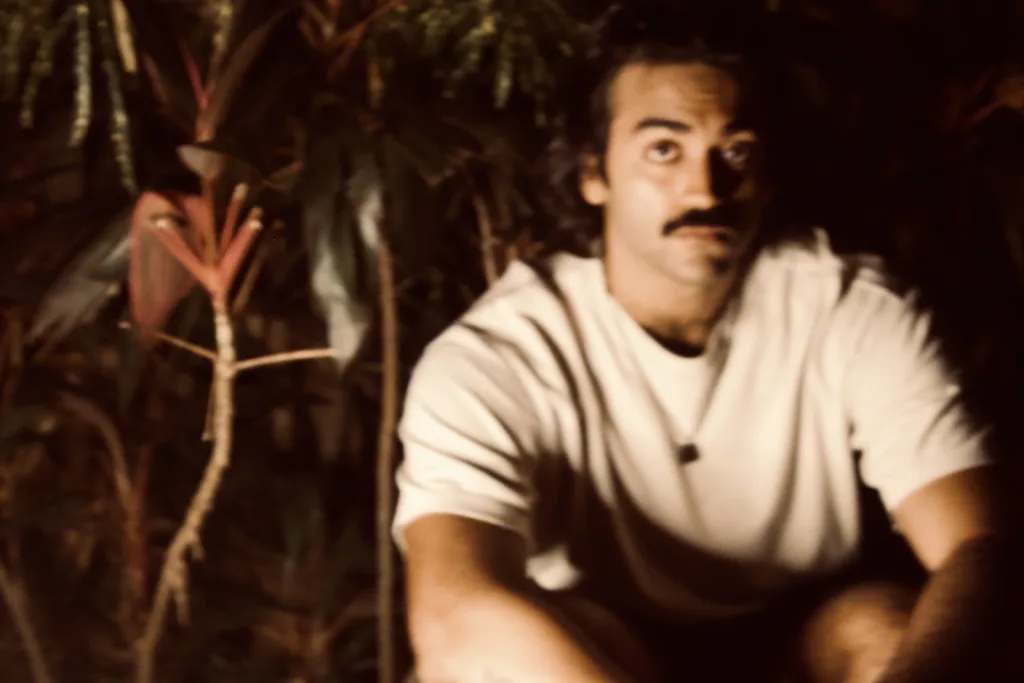
‘Tu hai, ke nahi?’ makes use of Rock n’ Roll as it’s palette but still very much in line with the retro feel of the EP. Details like the walking bass line and trumpets really succeed in recreating the celebratory nature of 60s music. Harsh Jain is consistent in his story telling and vocalisation. Lyrically speaking on one hand, I do think this is slightly surface level than his other songs on the EP but at the same time the simplicity and childishness of the writing carries the song. ‘Beta Sunn’ stands as a slightly more modern production from the lot, mixing the retro feel with a much more updated palette. It still possesses the spirit of the EP but is also refreshing break away from the vibe. Lyrically, Harsh is back in his usual form and is easily my favourite of the all the songs. ‘Bye’ marks the end of the EP. Just above 30 seconds long, it asks the question,’ What do you want?’, reiterating the core idea of the Ep that points to inner conflict.
Overall, the EP is thick with production and writing. I am eager, however, to see the extremities to which Harsh Jain can push his artistry, especially in a country like India, where there is barely any incentive to experiment. Excited for more
Listen to ‘Internal Snagharsh’ on Spotify & Apple Music






